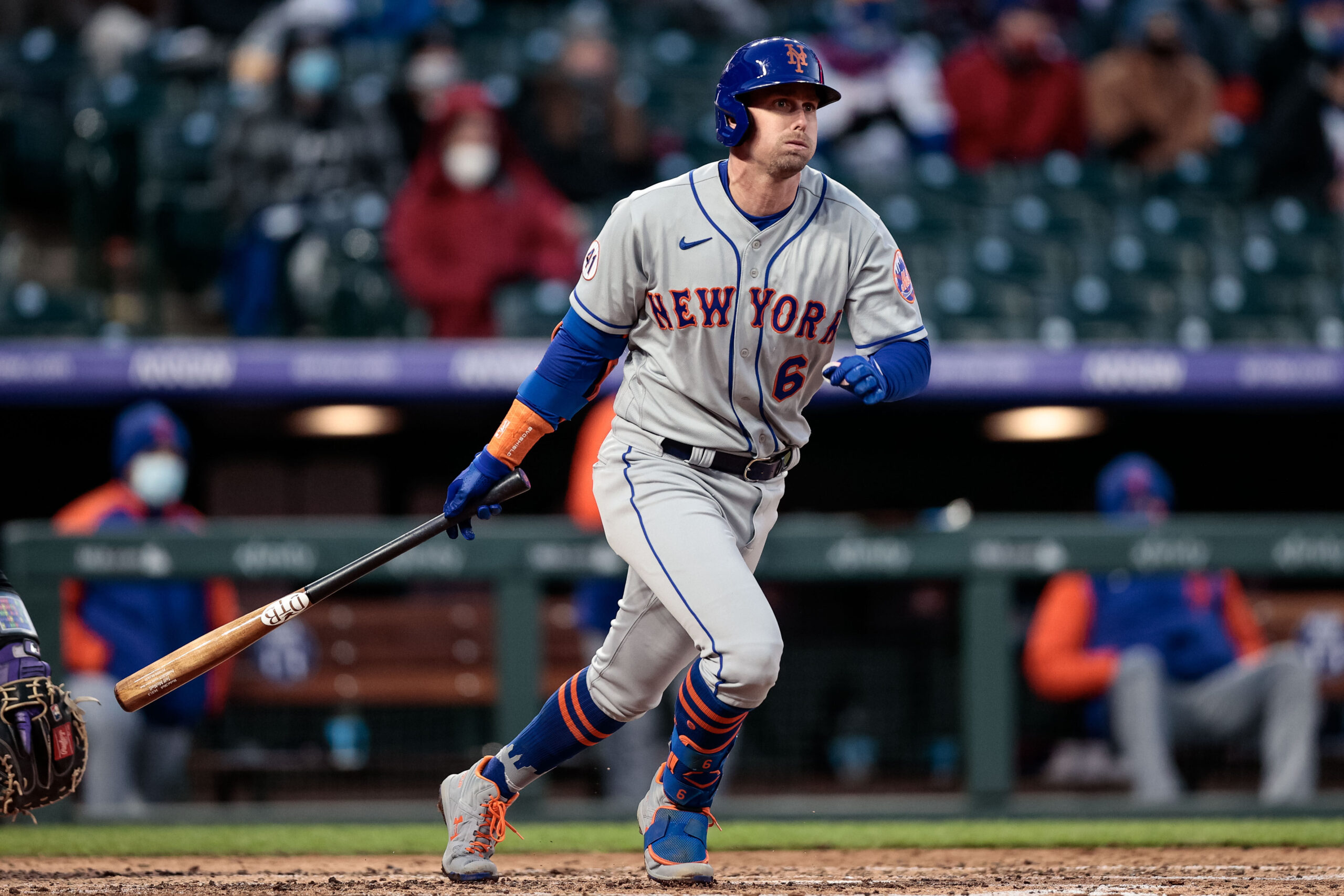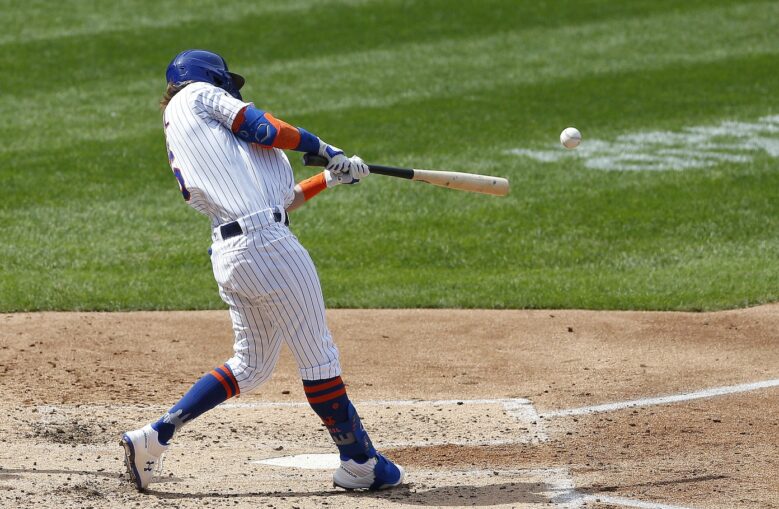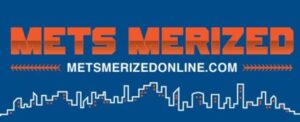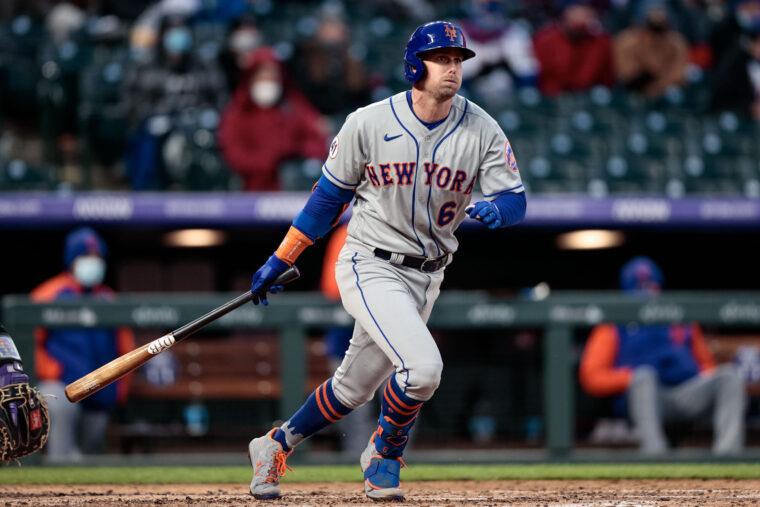
Credit: Isaiah J. Downing-USA TODAY Sports
Following one of the most exciting offseasons in recent years, which included acquiring all-star shortstop Francisco Lindor, the New York Mets were riding high entering the 2021 season, although they’ve hit a major roadblock involving their offense so far.
Struggling to hit for power, the Mets have been one of the worst offensive teams through the first month of the season, as they currently own the worst ISO (.119), the fewest number of home runs (15) and RBIs (54), are tied for the worst SLG (.353), have produced the fifth-lowest OPS (.671) and are tied for the 10th-lowest wOBA (.300) among all 30 teams in the majors, according to FanGraphs.com.
Unfortunately, this team has fallen flat out of the gate, at least offensively, and that’s something most experts certainly weren’t expecting to happen, especially since this lineup features plenty of all-star caliber hitters. While these current struggles can’t be blamed on just one hitter, this club was hoping to receive far more production out of someone like second baseman Jeff McNeil, who’s coming off an injury-riddled 2020 campaign.
After battling through an intercostal strain and a bruised knee, which he suffered while crashing into the left-field wall, McNeil became healthier as last season progressed and was ultimately able to salvage his third season in Queens. Though he wasn’t the same hitter like he was in 2019, the left-hander still managed to create four home runs, 23 RBIs, a .335 BABIP, a .360 wOBA, a 130 wRC+ score, a 1.2 fWAR rating and a slashing line of .311/.383/.454/.836 through 209 plate appearances.
Despite entering this season without any injuries, the 29-year-old hasn’t played up to his expectations and is currently one of several batters who’s struggling to help the Mets score runs on a consistent basis. Though no one is expecting him to carry this offense, although that’d be a welcomed occurrence, they’ll need the offensive-first infielder to break out of his current slump very shortly.
Through 19 games in 2021, the 6′ 1″ second baseman has earned 60 plate appearances, recording just two doubles, two home runs, five RBIs, a .148 ISO, a .191 BABIP, a .283 wOBA, an 8.3% walk rate, an 8.3% strikeout rate, an 83 wRC+ score, a -0.1 fWAR rating and a concerning slashing line of .204/.283/.352/.635.

As a result of these offensive struggles, manager Luis Rojas and his staff have been forced to position McNeil in the bottom third of the lineup, as he’d likely become an even larger liability if he were slotted any higher in the order. But if the former 12th-round pick were to overcome these woes in the near future, then perhaps he could be bumped up at least a few spots, especially since this team is craving for any kind of reliable offense right now.
Building off this point, it seems the 2019 NL All-Star might be hitting into some bad luck this season, as most of his expected metrics suggest he should be performing much more effectively than he currently is. Based on his .268 xAVG, .342 xOBP, .488 xSLG (career-high), .219 xISO, .355 xwOBA and .349 xwOBAcon, it appears the lefty slugger has been having quality at-bats early on but has struggled to find open spots within the opposing defense.
Along with his impressive expected numbers, McNeil has also been hitting the ball in the air more frequently, resulting in a career-high 40.8% FB rate, and has improved his discipline at the plate, becoming one of the most patient hitters across the majors in 2021.
Among all batters with at least 50 plate appearances, the California State product has created the fourth-lowest strikeout rate, the 14th-lowest whiff rate (14.5%), is tied for the 16th-highest in-zone contact rate (90.2%) and owns the 18th-lowest in-zone whiff rate (9.8%), according to BaseballSavant.com. In addition, he’s also produced a career-best 25.0% chase rate, which has improved by 7.4% since 2020.
Digging into McNeil’s contact quality, one of the biggest reasons his expected numbers are much higher than his actual results is because of the encouraging amount of hard contact he’s induced this season. After his 26.5% hard-hit rate (career-low) ranked in the bottom five percent of the majors last season, it became clear that was an area he needed to improve on over the offseason and his hard work is already starting to pay off, particularly over the last week or so.

Source: BaseballSavant.com
While McNeil has hovered around the major league average regarding his hard-hit rate for most of April, it’s started trending upwards recently as over half of the balls he’s put in play have been hit at 95 mph or harder over the last few games. As a result of this increase, his hard-hit rate has risen to 38.8% for the season, which has surpassed his previous career-high of 36.0%.
As for which pitch the California native is generating the most damage against, he’s faced significantly more off-speed pitches this season, an increase of 6.8% from 2020, and hasn’t encountered any issues creating plenty of hard contact against them. Despite posting just a .100 AVG, .100 SLG and a .143 wOBA, his stellar 98.4 mph average exit velocity and 66.7% hard-hit rate against changeups and splitters suggest those overall metrics should improve as the season progresses.
Combining all these factors, chances are McNeil likely has brighter days ahead of him and probably shouldn’t be overly concerned about his slow start to the 2021 campaign. As long as he remains on this current pace, the man who’s referred to as “Squirrel” should start to see his metrics even out over the long haul, which might not have been possible if this season was being played over a shortened schedule.
With five months remaining before the playoffs begin, there’s still plenty of time for McNeil and the rest of the Mets’ lineup to turn things around, meaning there’s no reason to press the panic button just yet.
















